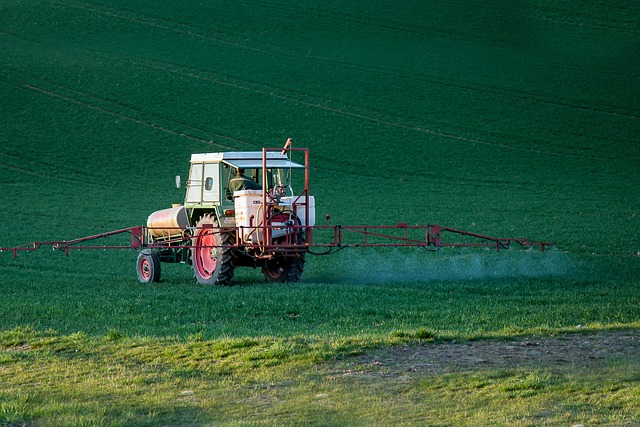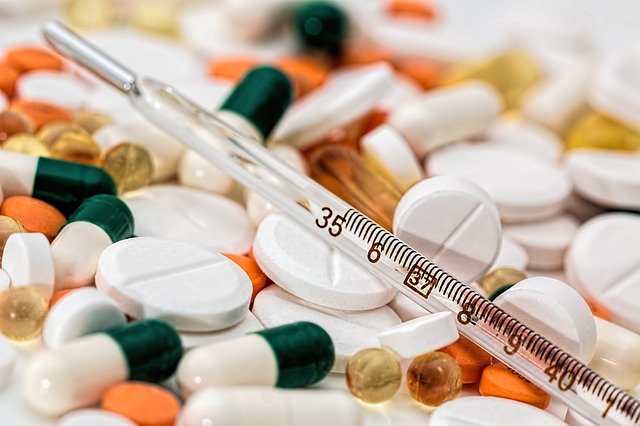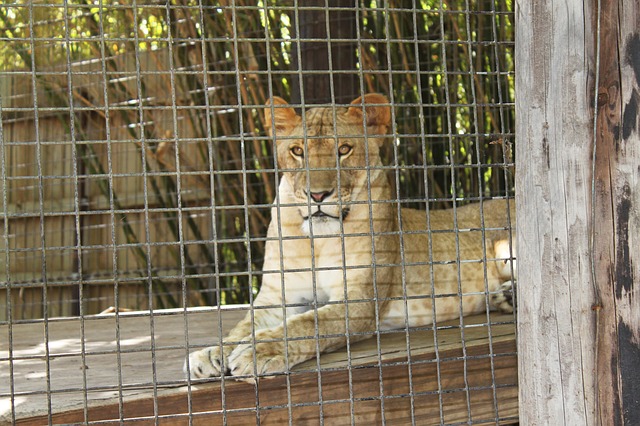What are Pesticides and what exactly is meant by Pesticide Pollution?
Pesticides are basically chemicals used on crops and for other agricultural purposes in order to prevent pests and rodents from attacking or damaging the crops and various agricultural produce.
There are many types of pesticides classified for different types of organisms and plants such as: herbicides for killing weeds, fungicides for fungi, mulloscides for molluscs like snails, slugs etc. and so on.
Since pesticides contain inorganic chemicals like nitrates, phosphates and ammonium and are generally a combination of 2 or more substances. They’re designed to enhance the crop quality by getting rid of all organisms that can potentially damage it.
However, because of the high amount of pesticides being used on farms, most of it is applied superficially i.e. on the surface of the crops where it can drift off into the surrounding air and leach underground even after irrigation. But, the most common thing that occurs is when the excess of these nutrients and chemicals run off with the irrigated water and contaminate the nearby streams, waterways and rivers etc. All of this constitute as pesticide pollution.
Harmful Impacts and Effects of Pesticide Pollution:
- Air pollution: even during pesticide application, farmers wear masks and protective gear to prevent the spray of chemicals from reaching their eyes. Pesticides are often sprayed and therefore some of it undoubtedly drifts off into the air and causes respiratory disorders and breathing problems. Also Check out: Land/Soil pollution – Causes, Effects, and Control
- Eutrophication: the excessive enrichment of the waterways like streams and rivers result in a phenomenon known as eutrophication. In this, the presence of extra nitrates and phosphate causes the algae to photosynthesis and grow thereby causing algal blooms. These algal blooms deplete the dissolved oxygen in water and by covering the surface of the water, it prevents sunlight reaching the lower surfaces. Thus, the other aquatic creatures and photosynthesizing plants are deprived of both oxygen and water that slowly results in death of Marine creatures.
For more information, check out: Eutrophication – Causes, Effects, and Solutions - Toxicity: ammonia is very toxic for many species of fish and when consumed by humans, can also cause bioaccumulation in human bodies. But this short time is enough to cause significant damage. Ammonia poisoning is quite common in rivers and streams where nearby farms use ammonium based pesticides.
Ammonia in the air or water where chlorine is also present ends up in the formation of chloramines. These chloramines also aggravate respiratory problems. - Kill harmless organisms: pesticides are indiscriminate. Which means that they often kill organisms that are otherwise harmless and are simply a part of the habitat or ecosystem in the environment. This includes creatures such as bugs, birds, bees which are pollinators and extremely crucial for the survival of humans and beneficial to the environment.
- Diseases: In humans pesticides exposure can be linked to cancer, endocrine dysfunction, neurotoxicity, birth defects, kidney and liver damage along with other developmental disorders.
Also check out: Occupational Health Risks and Hazards Related to Agriculture
Solutions to Pesticide Pollution:
- The best and simplest way to the solution of the problem of pesticide pollution on farms is that of Integrated Pest Management.
This is not only beneficial but also much more efficient and environmentally sensitive than the use of chemical pesticides. In integrated pest management, we incorporate the use of various ecosystem services and natural birds and rodents to do the job of killing pests instead of using chemicals. This not only prevents the indiscriminate killing of the pests due to the pesticide but also reduces eutrophication.
In IPM, we enhance the local biodiversity by many methods such as: planting trees to provide nesting sites for birds that can feed on any pest/ insect that can potentially harm the crop.
- Use of biodynamic farming techniques and other good agricultural practices like: mulching, and cover cropping in order to reduce the damage to crops from stray birds and insects that may feed on it. Mulching also kills weeds and increases the prevalence of the good micro organisms that can in turn help in a good crop yield.
In addition, crop rotation, planting pest resistant varieties, interspersed crop fields with many trees to provide natural protection from pests can also play a major role in not just agricultural sustainability but also in pest management.
Related: Sustainable Agriculture Practices and their Advantages
Altogether these methods can decrease the pesticide use and because the reliance of pesticides has been decreased so will be the resulting pesticide pollution.
You may also be interested in: Biodynamic Farming Benefits and Importance for Environment
Check out: What is Biodynamic Farming? – Methods and Advantages
I hope you all liked this post! Please comment below if you have any suggestions, comments, or feedback! We at #envpk love hearing from our readers! Thanks!




